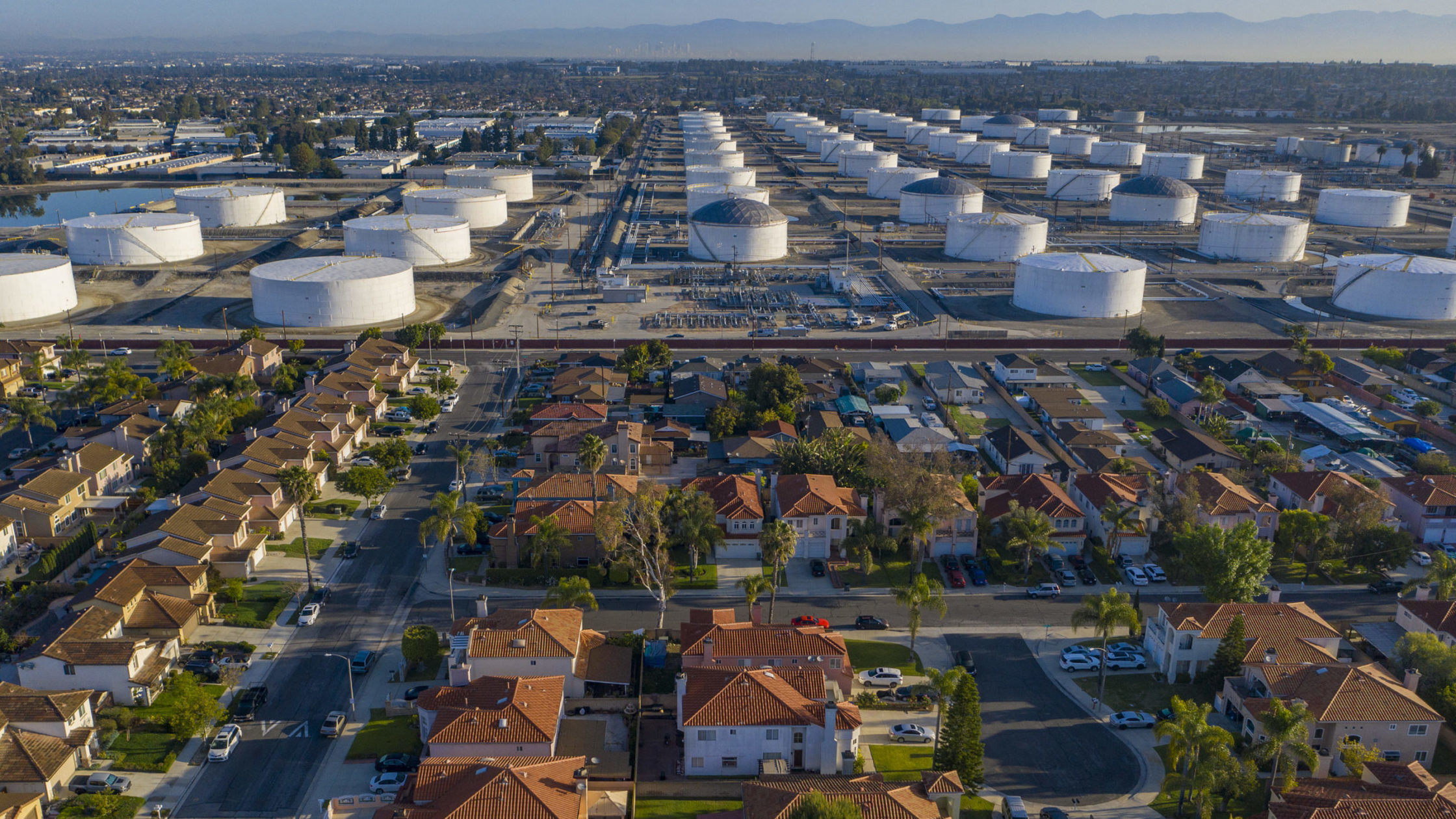Oil and gas will continue to dominate US energy consumption through 2050, according to the latest outlook from the US Energy Information Administration (EIA).
“Petroleum is sticky, natural gas is increasing and coal is declining,” Angelina LaRose, EIA’s assistant administrator for energy analysis, told a webinar launching the new forecast Wednesday.
The EIA’s baseline forecast projects that overall US energy consumption will increase by approximately 17 per cent between 2020 and 2050 because of increasing population and economic growth.
Driven by incentives and falling technology costs, EIA forecasts the share of solar and to a lesser extent wind will increase from about 5 per cent in 2020 to 13 per cent in 2050.
Meanwhile, the share of petroleum and natural gas will remain flat at 36 and 34 per cent, respectively, or a combined 70 per cent of total US energy consumption in 2050.
Growing oil imports
The US will remain a major producer of both oil (growing from 11.5 million barrels per day to 12.8 million barrels per day) and natural gas (growing from 93 billion cubic feet per day to 118 billion cubic feet per day).
However, crude oil imports will continue to increase to meet domestic demand, from 6.5 million barrels per day in 2020 to 8.2 million barrels per day in 2050. This will be “mostly heavy crude oil,” the EIA said.
The vast majority of US heavy oil imports come from Canada, but future import levels could be impacted by decisions such as the cancelation of the border crossing permit for the Keystone XL pipeline.
Other sources of heavy crude into the US have included Venezuela and Mexico, but sanctions currently ban imports from Venezuela, where production has dropped dramatically, and supply from Mexico has long been in decline.
Industrial sector to lead oil and gas consumption
The EIA forecasts that US oil petroleum and liquids consumption will increase from approximately 16 million barrels per day in 2020 to 19 million barrels per day in 2050, while at the same time natural gas consumption will increase from 84 billion cubic feet per day to 97 billion cubic feet per day.
“The large majority of growth and consumption of petroleum and other liquids occurs only in the industrial sector, and in the use of liquefied petroleum gas, so think feedstocks for plastics,” LaRose said.
There is somewhat of a “symbiotic relationship” between renewable electricity sources and natural gas, she added.
“The cost of producing electricity from these two energy sources has declined significantly over the last decade-plus and there are reasons to believe these trends will continue.”
Natural gas can be used to manage the intermittent nature of renewable power generation such as at night or during low wind periods.
The US will add 435 gigawatts of solar power generation capacity between 2021 to 2050, along with 375 gigawatts of natural gas generation and 114 gigawatts of wind generation capacity, the EIA forecasts. Meanwhile, 111 gigawatts of coal-fired power will be retired.
